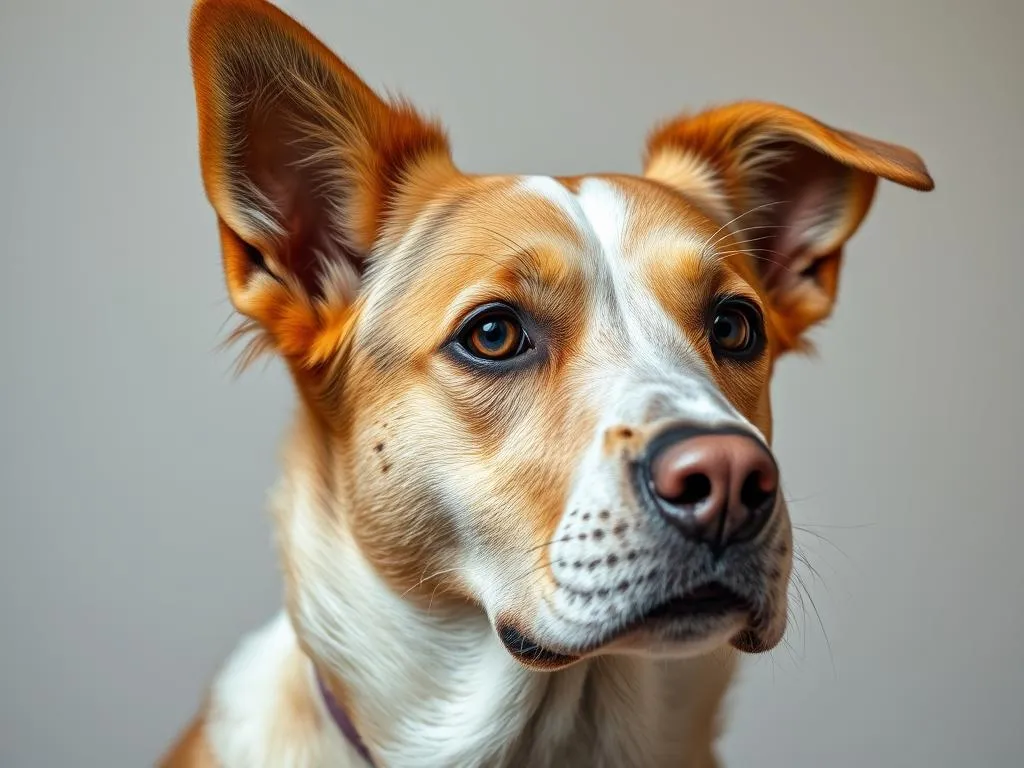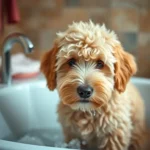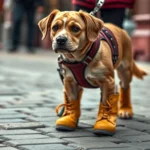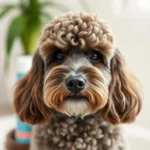
Grooming is a vital part of maintaining your dog’s overall health and well-being. While many pet owners might think of grooming as just a way to keep their dog looking good, it goes far beyond aesthetics. Proper grooming, especially brushing, can significantly impact your dog’s skin health, reduce the risk of infections, and even enhance their emotional well-being. In this guide, we will explore why grooming is essential, the role of brushing, and how to choose the best dog brushes for your furry friend.
Understanding Dog Grooming
Importance of Grooming
Grooming is not just about keeping your dog looking tidy; it has several health benefits. Regular grooming helps maintain skin health by removing dirt, debris, and dead hair, which can lead to skin irritations or infections. In addition, grooming aids in parasite control, as it allows you to check for ticks, fleas, and other pests that can harm your dog.
On a psychological level, grooming can strengthen the bond between you and your dog. It provides a calming experience for both you and your pet, helping to reduce anxiety and stress. Spending time together during grooming sessions can create a sense of trust and companionship.
Different Aspects of Grooming
Grooming encompasses various activities, including:
- Bathing: Regular baths can help keep your dog’s coat clean, but be careful not to over-bathe, as this can strip natural oils from their skin.
- Nail Trimming: Keeping your dog’s nails trimmed is important for their comfort and mobility. Long nails can lead to painful walking or even injury.
- Ear Cleaning: Regularly checking and cleaning your dog’s ears can prevent infections and other health issues.
- Brushing: This is a critical aspect of grooming that we will delve deeper into, as it has numerous benefits for your dog’s coat and skin.
The Role of Brushing in Dog Grooming
Benefits of Regular Brushing
Brushing is essential for maintaining a healthy coat and skin. Here are some of the significant benefits:
- Reduces Shedding and Hairballs: Regular brushing helps to remove loose fur, which can significantly reduce shedding in your home and minimize hairballs in long-haired breeds.
- Prevents Matting and Tangles: Consistent brushing keeps the coat smooth and manageable, preventing the painful mats that can occur, especially in long-haired breeds.
- Promotes a Healthy Coat and Skin: Brushing stimulates the skin and distributes natural oils, promoting a shinier coat and healthier skin.
Frequency of Brushing
The frequency with which you should brush your dog largely depends on their breed, coat type, and the season. Here are some general guidelines:
- Short-haired Breeds: Once a week may suffice, as their fur is less prone to matting.
- Medium-haired Breeds: Brushing 2-3 times a week is often recommended.
- Long-haired Breeds: Daily brushing is typically necessary to prevent tangles and mats.
- Curly-Coated Breeds: These often require regular grooming every few days to manage their unique coat structure.
Types of Dog Brushes
Overview of Brush Types
Choosing the right brush is crucial for effective grooming. Here are the different types of brushes available:
- Slicker Brushes: Ideal for removing mats and tangles, they have fine, bent wires that penetrate deep into the coat.
- Bristle Brushes: Best for short-haired breeds, they help to distribute natural oils and create a shiny coat.
- Pin Brushes: Suitable for medium to long-haired dogs, they help remove loose hair and debris.
- Rubber Brushes: Great for short-haired breeds, they offer a gentle way to remove loose fur and can also provide a massage-like experience.
- Undercoat Rakes: Specially designed for double-coated breeds, these help remove the dense undercoat and prevent matting.
Choosing the Right Brush for Your Dog
When selecting the best dog brushes, consider the following factors:
- Coat Type: Match the brush to your dog’s coat type for best results. For example, a slicker brush works well for long-haired breeds, while a bristle brush is better for short-haired ones.
- Sensitive Skin: If your dog has sensitive skin, opt for a softer brush to avoid irritation.
- Special Needs: Dogs with specific grooming requirements may benefit from specialized tools, such as an undercoat rake for double-coated breeds.
How to Brush Your Dog Properly
Preparing for Brushing
Before you start brushing, it’s essential to create a calm and comfortable environment. Here are some steps to prepare:
- Find a quiet space where you and your dog can relax.
- Gather necessary supplies, including your chosen brush, treats, and perhaps a towel for any loose fur.
- Calmly introduce the brush to your dog, allowing them to sniff and get familiar with it.
Brushing Techniques
Using the correct techniques can make brushing a more pleasant experience for both you and your dog:
- For Short-haired Breeds: Use a bristle brush in gentle strokes, following the direction of hair growth. This will help remove dirt and distribute oils.
- For Long-haired Breeds: Start with a slicker brush to detangle, then follow up with a pin brush for a smooth finish. Always brush in the direction of hair growth.
- Dealing with Tangles: For mats, use your fingers to gently separate the hair before using the brush. If the mat is severe, consider using a detangling spray or consulting a professional groomer.
Post-Brushing Care
After brushing, take a moment to care for your tools and check on your dog:
- Cleaning the Brush: Remove hair from the brush after each use to maintain its effectiveness.
- Checking for Skin Issues: While brushing, keep an eye out for any signs of skin problems, such as redness, bumps, or parasites. If you notice anything unusual, consult your veterinarian.
Common Grooming Challenges
Dealing with Anxiety During Grooming
Some dogs may experience anxiety during grooming sessions, which can lead to struggles and stress. Here are some strategies to help comfort your anxious dog:
- Positive Reinforcement: Reward your dog with treats and praise during and after brushing to create a positive association.
- Short Sessions: Keep grooming sessions brief to avoid overwhelming your dog, gradually increasing the duration as they become more comfortable.
- Calm Environment: Play soft music or have a quiet space to help soothe your dog during grooming.
Handling Mats and Tangles
Mats and tangles can be a common issue, especially for long-haired breeds. Here’s how to handle them:
- Safe Removal: Use your fingers to gently pull apart mats before brushing. If a mat is too tight, consider using a mat splitter or scissors, but be cautious to avoid cutting your dog’s skin.
- Professional Help: If mats are severe or your dog becomes too anxious, don’t hesitate to consult a professional groomer for assistance.
Additional Grooming Tools and Products
Other Essential Grooming Tools
In addition to the best dog brushes, several other grooming tools can enhance your dog’s care routine:
- Grooming Scissors: Useful for trimming fur around sensitive areas, such as the paws and face.
- Nail Clippers: Keeping your dog’s nails trimmed is crucial for their comfort. Choose from guillotine-style or electric options based on your preference.
- Shampoos and Conditioners: Select products specifically formulated for dogs to maintain their coat and skin health.
Recommended Products
When it comes to choosing the right grooming products, here are some top-rated dog brushes to consider:
- FURminator deShedding Tool: Excellent for reducing shedding, especially in double-coated breeds.
- Hertzko Self Cleaning Slicker Brush: Features retractable bristles for easy cleaning, making it a favorite among dog owners.
- Pet Neat Pet Grooming Brush: Ideal for removing loose hair and debris, particularly for medium to long-haired dogs.
Professional Grooming vs. DIY Grooming
Benefits of Professional Grooming
While many pet owners prefer to groom their dogs at home, there are several benefits to professional grooming:
- Expertise and Experience: Professional groomers have the training and experience to handle various breeds and coat types effectively.
- Access to Specialized Tools: Groomers typically have access to high-quality tools and products that may not be available to the average pet owner.
When to Consider Professional Grooming
There are certain situations where professional grooming may be necessary:
- Severe Mats: If your dog has severe mats that you cannot safely remove, a professional groomer can help.
- Anxiety Issues: If your dog struggles significantly with grooming, a professional might have the skills to handle them better.
- Time Constraints: If you are busy and cannot dedicate time to grooming, consider scheduling regular visits to a groomer.
Conclusion
Grooming is an essential part of maintaining your dog’s health and happiness, and choosing the best dog brushes is a significant aspect of this process. By understanding the importance of grooming, the role of brushing, and how to do it properly, you can ensure that your furry friend stays healthy and comfortable. Regular grooming not only enhances your dog’s appearance but also strengthens your bond, making it a rewarding experience for both of you.









